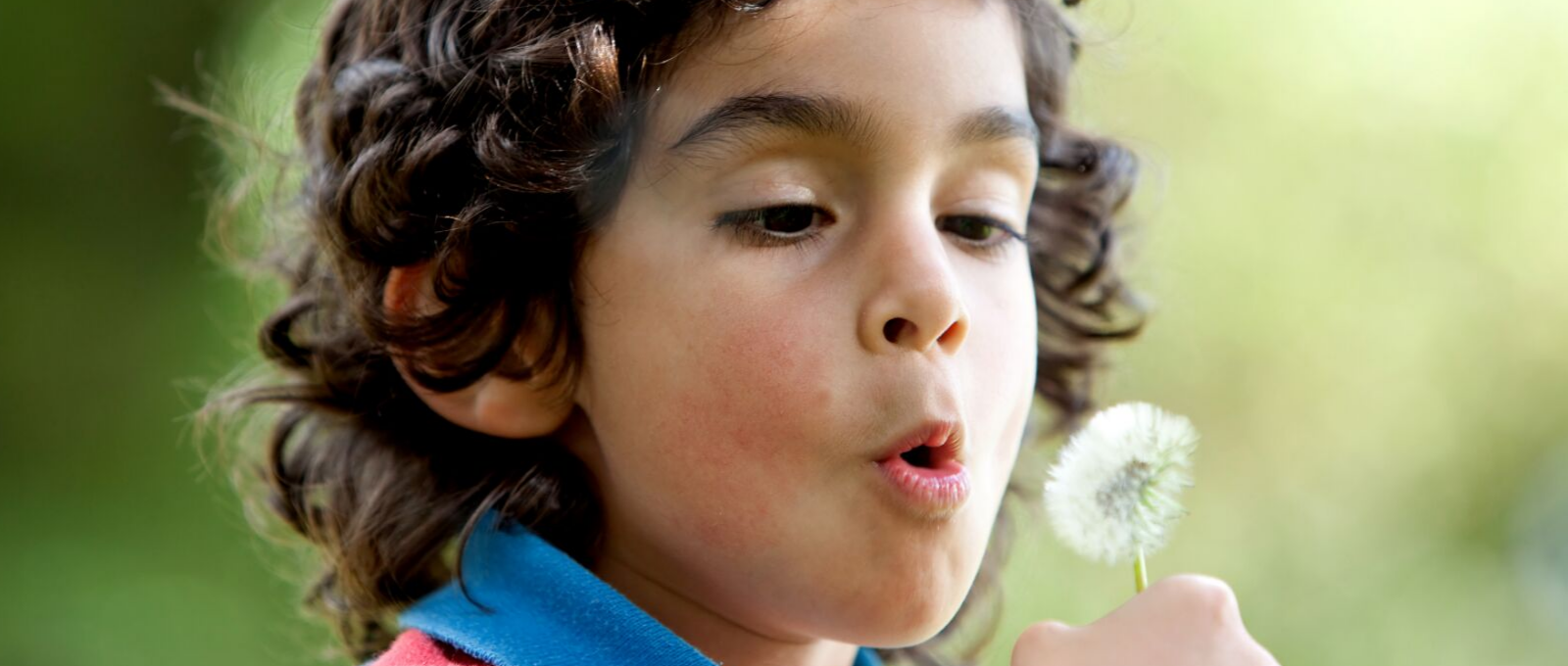I was waist deep in muskeg (a fancy name for stinky swamp mud in canoe country), a wood-canvas canoe perched on my barely 16-year-old shoulders, and mosquitoes buzzed hungrily in my ears – a challenging, but not atypical, portage in the Canadian wilderness.
“Why do you do that?” my friends asked me. Yet every adolescent summer I was drawn out of my Minneapolis home and into the wilderness once again. While scenes like the one described above wouldn’t be described as stress-free, one of the main reasons I grabbed a paddle every summer was, inexplicably, the overwhelming sense of calm, curiosity, and confidence I gained from the experience.
Of course, that calm could also have been fueled by the crystal clear lake swim after that muddy portage, the painted purple sunsets at the end of the day, or the wonder I felt as I lay back on slabs of granite gazing at millions of stars at night. But no matter which way you slice it, my anxious, turbulent, and restless adolescent brain seemed to thrive in the wilderness.
The science behind our affinity to nature
Stanford University researchers recently found that people who walked briefly through green natural areas reported feeling more attentive and happier than those who walked through high traffic areas for the same amount of time. Curious about the neurological underpinnings of these results, the same team then took a deeper look at the impact of nature on the brain. In a follow up study, they found that people who walked for an hour and a half through natural areas showed decreased activity in the subgenual prefrontal cortex, a region of the brain associated with ruminating on negative thoughts and feelings. Those who had walked in high traffic areas for the same amount of time showed no change in their “broodiness” score and blood flow to the subgenual cortex remained high.
Exploring nature with children seems to be quite soothing for their minds. These studies join a growing body of evidence demonstrating that access to nature is good for mood, social-emotional development, motor coordination, and attention among other cognitive functions.
But you don’t need to be waist deep in muskeg or travel to remote wilderness areas to experience the benefits of exploring nature with children. Indeed, brief trips are not nearly as influential as daily exposure to nature and green spaces. Cornell University psychologist Nancy Wells found that children who increased green space near their homes after moving improved their cognitive functioning more than those who moved to areas with fewer natural areas nearby. In another study Wells found that nearby nature bolsters children’s resilience, particularly among those who experience high levels of stress.
A reciprocal relationship
Exploring nature with children isn’t just good for humans, it is good for nature too. Frequent and positive experiences with the natural world during childhood influence the development of a lifetime of environmental concern, affiliation, and protection.
Unfortunately there are more and more factors pushing children inside. Among the biggest drivers are increased structured and programmed activities, increased screen time, and parental fears about crime and safety. Finally, race and class shape children’s access to green spaces and their experiences outdoors, placing park and natural resource development squarely within the focus of racial equity and anti-racism work in cities across the U.S.
Explore nature with children this summer:
- Ask your child’s summer care providers questions about outside time – How much? Where? What kinds of activities? Every day?
- Carve out time for unstructured play outside. Try a forest instead of a swing set. Researchers have observed that children’s play in natural settings is more imaginative and creative than in other settings.
- Don’t save time in natural areas for big trips to far away places. Remember, frequent positive experiences matter. Find natural areas as close to home as possible and visit them whenever you can.
- In that spirit, notice your backyard, boulevard, or trees adjacent to your home. What lives there? What kind of bark and leaves do the trees have?
- Sit still. Watch what birds fly or bugs crawl by you.
- Plant a garden or find a community or schoolyard garden close to you. Plant seeds.
- Take advantage of local parks. Many have free resources you can check out for geocaching, bug finding, and animal identification.
- Don’t immediately respond to “I’m bored!” by structuring an activity outside. See what happens when you wait a bit.
- Use kids’ love for technology to document nature – take pictures of different bird nests, plants, or local animals.
- Consider walking and biking instead of driving. Your child’s brain will thank you.
- Advocate for more green space, equitable parks planning, safe bike/walk routes to school, and anti-racism work in the outdoor industry.
